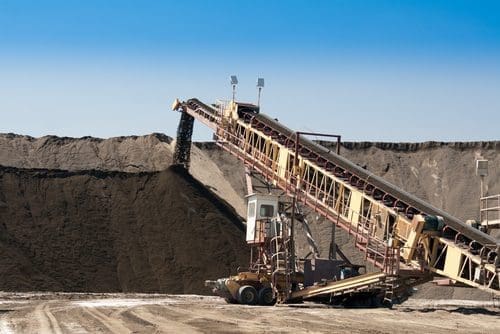The future of the resources sector has been in the spotlight over recent months, and New South Wales has been the focus of much of this speculation. While the state has relied on its mining industry for many years, there had been concerns that a downturn in activity could take its toll.
However, steps are now being taken to ensure this situation doesn’t arise. These will be critical for the economic stability of the state, and not to mention the thousands of jobs that are created as a result of mining activity.
1. Preventing a crisis
The NSW Minerals Council has recently released its Beyond the Rocks study, which highlights the need for change in order to sustain growth in the mining sector.
The group acknowledged that minerals exploration is currently in crisis, but there are ways to address the problem. Among its suggestions is minimising red tape and ensuring government support is available at every stage of the exploration process.
“While most exploration doesn’t lead to mining, it’s still a very important part of the process because it helps identify where opportunities for the potential job-generating mining projects of the future may be,” noted NSW Minerals Council CEO Stephen Galilee.
He acknowledged that investment in exploration had “fallen sharply” over the past few years. This cannot be allowed to continue, especially if the long-term economic future of the entire state is to be secured.
2. Impact of the state budget
There had been high hopes that provisions would be made in the 2015-16 state budget to support the mining sector. These were met in part, although some criticisms were apparent that the measures could have gone much further.
Government officials noted that the NSW economy needs to move away from its reliance on the mining sector and towards a more diversified future. This is already underway, but while the mining sector still has some life left in it, the NSW Minerals Council believes every effort should be made to use it.
The group identified the advantages of streamlining the planning system, but suggested that there are still other areas that need to be addressed. The state budget included plans to invest $17 million in halving the amount of time taken to assess mining projects.
“Mining communities across NSW will be disappointed by the lack of any significant additional funding commitment to the Resources for Regions program,” stressed Mr Galilee.
3. Safeguarding the future
As a result, pressure has been growing on the resources sector to come up with new and more innovative ways to ensure its longevity.
Steps were taken towards a more secure future earlier this month, thanks to an agreement reached between the New South Wales and South Australian governments. They will work together to attract greater investment for the exploration and development of minerals and energy, building on the Memorandum of Understanding they signed back in October 2013.
This agreement has the potential to benefit both states, not least because they share various geological provinces. These include the Murray Basin and the Delamerian Orogen, which are rich in mineral sands and iron, respectively.
The Memorandum of Understanding is designed to attract overseas investment, while establishing new exploration initiatives that will lead to more key commodities being discovered. Wherever possible, the states will also be able to enjoy the ability to share information to their mutual benefit.
It seems that the New South Wales mining sector still has some steam left, but how long it will be sustained for could be subject to some debate. Its downfall would have a significant impact on various areas, from servicing instrumentation in mining to providing employment for local people.



Recent Comments